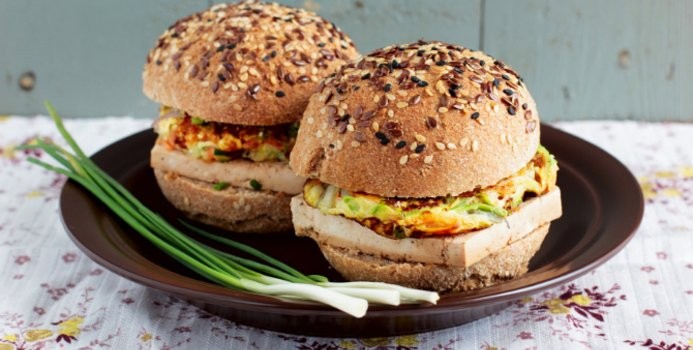With a harvest of 116.48 million tons estimated for 2018 alone, the United States is the world’s second largest producer of soybeans. That’s a lot of tofu burgers and cordon bleus.
However, a staggering amount of this copious production doesn’t go to the soy product industry like one would expect. In fact, America’s biggest buyer of soybeans is the livestock industry, buying the beans for animal feed. That’s where the majority of soy ends up.
Worldwide, around 70 percent of the world’s soy is fed directly to livestock while just a paltry six percent of “shu” (the ancient Chinese name for soybeans) is turned into human food. The rest becomes mainly soybean oil.

This leads to a paradoxical situation since for soybean producers it is much more lucrative to sell their crop to the animal farming industry than to producers of soy-based food for human consumption. As The Humane Society’s Paul Shapiro writes in his 2018 book Clean Meat, “Ironically, the last thing soy producers want is for Americans to shift from meat to soy products like tofu and edamame, since the latter requires so much less soy.”
Shapiro also mentions a 2013 report commissioned by the United Soybean Board that noted: “actions to maintain and expand animal agriculture in the United States — by supporting its long-term competitiveness — are of critical importance to the soybean sector.”

As reported by the National Geographic, for every 100 calories of grain we feed animals, we get only about 40 new calories of milk, 22 calories of eggs, 12 of chicken, 10 of pork, or 3 of beef. The inefficiency of this system is evident and the data makes clear why soybean producers are big supporters of the meat industry and don’t want consumers to eat soy.
With an estimated collection of 117 million tons for its crop year, Brazil is the new global leader in soybean production and export. Significantly, deforestation related to soy production has been responsible for around 29 percent of the country’s greenhouse gas emissions between 1990 and 2010.
It’s then clear that, if we want to stop deforestation in the area, we –— as consumers — need to change our diets. But that doesn’t mean that we need to give up our beloved (?) tofu sausages. Quite the opposite, we need to slow down our consumption of their animal counterparts.
If you want to know more about how we can reduce the global consumption of animals by 50 percent by the year 2040, check out (and maybe donate to) Proveg, a leading international organization that is active in the field of food awareness.




